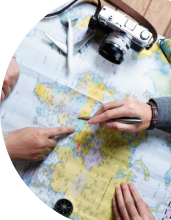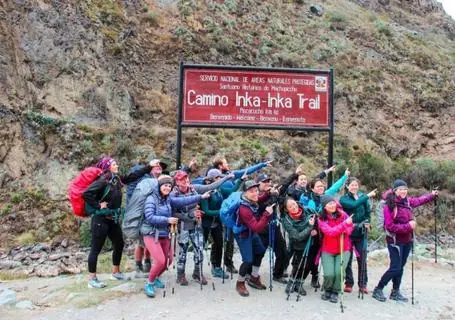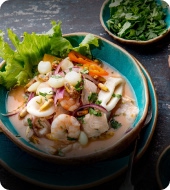Mini Chocolate Making Class - 2 Hours

 View All PhotosView All Photos
View All PhotosView All PhotosGastronomy
Easy
Cusco
Cooking class
cardinfo-price-per-adult
| cardinfo-text-5 | ||
| cardinfo-text-7 | Not included | |
| cardinfo-text-8 | cardinfo-not-included | |
cardinfo-text-10
h2-title-1
During the last two decades, Peru has emerged as one of the world’s most inviting culinary destinations. Thanks in part to the work of Peruvian celebrity chefs such as Gastón Acurio, Peruvian cuisine has taken to the world stage, and more and more tourists are coming to Peru as much to sample the gastronomy as to see the wealth of attractions the country has to offer.
One of the reasons why Peru is such an interesting culinary destination is the country’s incredible range of ingredients, from the coast, the highlands, and the jungle. Our 2 hour Mini Chocolate Making Class takes place in Cusco, where you will prepare and learn all about this delectable delight!
Our Mini Chocolate Making Class is the perfect delicious activity for those with a few hours to kill on their Cusco Tours!
 Free Brochure
Free BrochureReady to explore? Download the brochure and start planning!

Your FREE travel expert is just a click away
Or Call us now! (888) 803 8004
h2-title-2
Mini Chocolate Making Class
Peru produces some of the best cacao in the world, so there’s no better place to take a chocolate-making class than in Cusco. During the class, you’ll get to prepare, mold, and decorate your very own chocolates with a range of more than 15 local flavors such as chili, coca leaf, and muña (an Andean mint). You’ll also learn all about the wider chocolate-making process, starting from the cocoa tree of the Peruvian jungle to harvesting and refinement. You can try your hand at roasting the cocoa beans, removing the cocoa husk, grinding the cocoa nibs, and refining the cocoa paste in a melange (a chocolate grinding machine).
Finally, you will prepare a delicious hot chocolate, a very popular drink in Peru, especially for Christmas. When you’ve finished making your chocolates, you’ll be able to take them away to share with your friends and family – if you don’t eat them all first!
- Meals: Not Included
- Snacks: The Chocolate Goodies That you Make!
- Excursion: Mini Chocolate Making Class Experience
h2-title-3
Secure your spot on the trip now with our real-time availability information.
Act quickly—these spots sell out fast!
h2-title-4
whats-included-title
- Transport: Private.
- Your Journeys Highlight Moment: Make your own chocolate.
- First aid kit, if you are taking any medications, please bring your prescription with you.
- Professional Guided Tour. ENG/SPA.
whats-not-included-title
- Medical and emergency evacuation insurance
- Trip cancellation insurance or any other travel insurance.
- Tips/ Gratuities.
h2-title-5

specialist-box-title
Maria Diaz
specialist-box-phrase
top-tours-title
top-tours-info

Trek Along the Inca Trail To Machu Picchu
7daysTrek Along The Inca Trail To Machu Picchu with Valencia Travel. We are a renowned Peruvian tour company offering trekking experiences throughout Peru.
card-type-tagAdventure
card-activity-tagModerate - Demanding

Classic Peru Trip
7daysValencia Travel's classic Peru trip is a bucket-list adventure. This 7 Day trip will take you on unforgettable experiences throughout the Peruvian heartland.
card-type-tagCultural, Gastronomy
card-activity-tagEasy

Classic Inca Trail
4daysThe Inca Trail trek to Machu Picchu is the ultimate bucket list hiking experience! Join us on this Classic 4 Day & 3 night Inca Trail Hike!
card-type-tagAdventure
card-activity-tagModerate - Demanding
asso-info-title
asso-info-description
 Aventure
Aventure
 Cultural
Cultural
 Gastronomy
Gastronomy
 Wellness
Wellness
 Local Living
Local Living
 Luxury
Luxury















